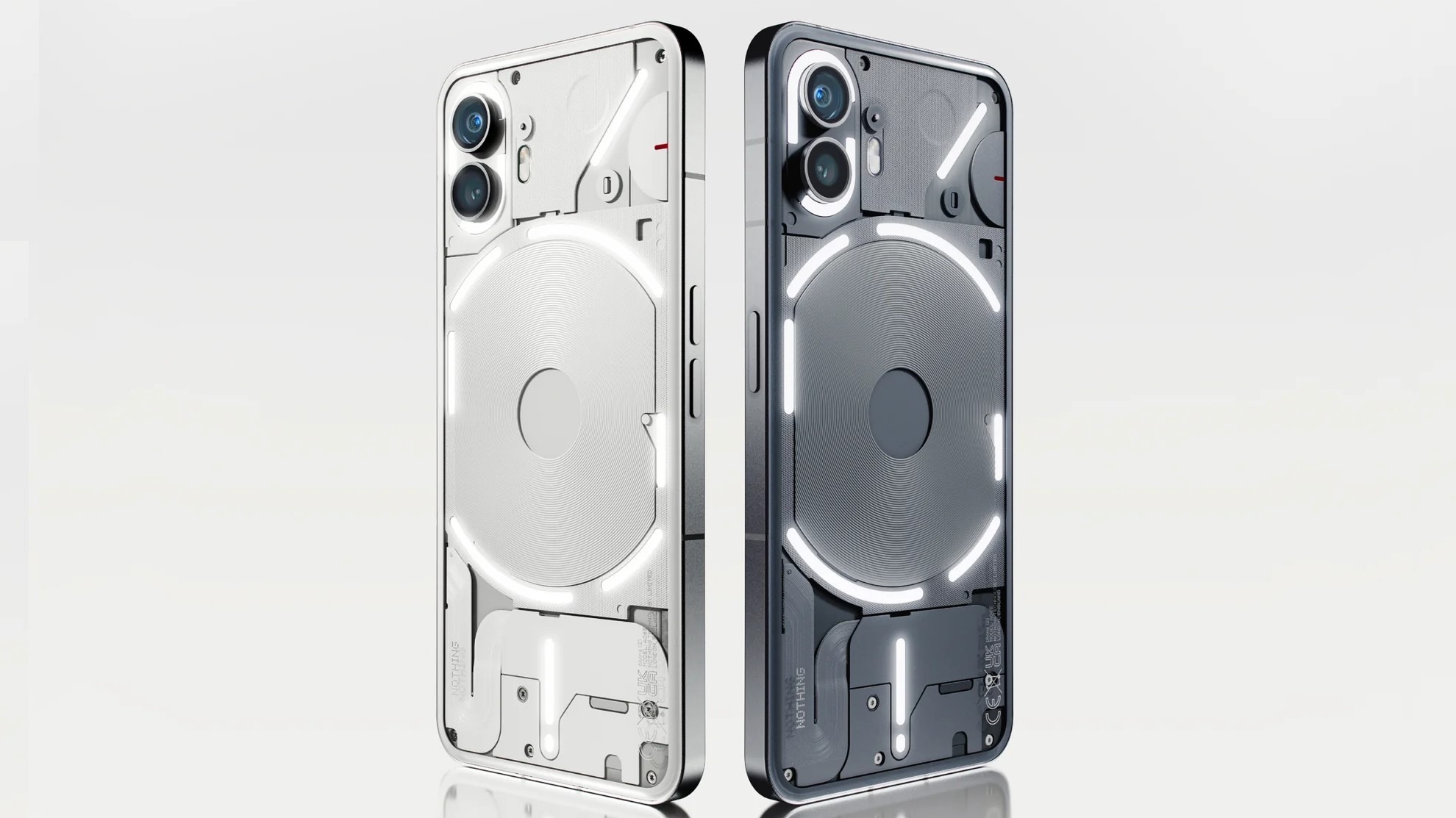
If you know anything about the Nothing Phone (1) — and given it wasn’t released in the U.S., a lot of people don’t — it’s that it does clever things with strip lighting on the back, which dance to notifications, ringtones and charging status.
This so-called glyph interface showed great potential, even if the phone was let down by middling performance and weak cameras.
The company is looking to put this right with the U.S.-bound Nothing Phone (2). It will be officially unveiled on Tuesday 11 July, but YouTuber Marques Brownlee got some early hands-on time with the phone where he explores the improvements to the popular lighting strips.
Nothing seems to have doubled down on its big USP, maintaining the shape of the strip lighting, but upping the number of segments that combine to make its distinctive layout. There were five on the original phone, and now there are 11, with the lion’s share coming from the large shape in the middle: it was once one long strip and it’s now six.
More importantly, the lights themselves have been upgraded. While they’re still just white LEDs, there are “more addressable LED zones inside of each strip”. Previously there were 12 lighting zones, and this has been upped to 33, with 16 of those found in one that can be used as a progress indicator.
Press the volume switch up and down, and the light will adjust to tell you how loud it is. Set a glyph timer, and the light will slowly de-fill showing you how much time is left. Third-party developers can use this, and apparently Uber and Zomato have already signed up.
There’s limited customization too, with users able to designate an app to deliver “essential notifications”. In other words, if you have an app that you always want to be on top of, the light will stay lit until you check on what it’s updating you with. You can also use the glyph composer tool to program the sounds and lights of your ringtone.
None of this is what you’d call essential, and Brownlee is clear it sits somewhere on “the borderline between gimmick and useful”. But the other details that Nothing has previous revealed suggest that some of our wishes are being met.
Indeed, confirmed details already fix two of our main bugbears, with a US release promised and the revelation that it will use the Qualcomm Snapdragon 8 Plus Gen 1 chipset. Granted, that’s not the fastest chip available, but it’s a step up from the mid-range Snapdragon 778G+ that left the original feeling underpowered. We can also look forward to three years of Android updates and a transparent USB cable to match the phone’s aesthetic.
It might cost a bit more, of course, but we’ll know for sure next week when Nothing finally reveals its hand in full.







